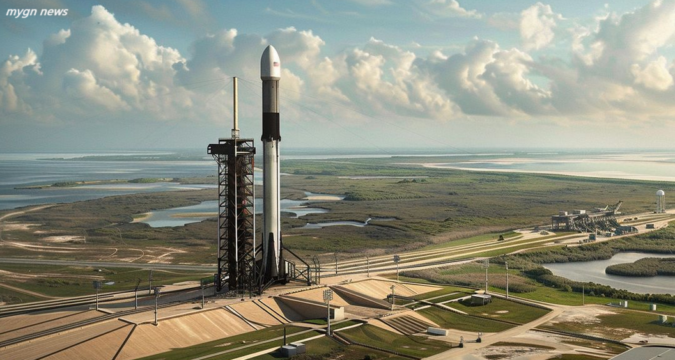
The Federal Aviation Administration (FAA) has given SpaceX permission to restart Falcon 9 rocket flights as it looks into a mid-flight incident that occurred earlier this month.
According to the corporation, spaceflight might resume as early as July 27.
The “most probable cause” of the unsuccessful launch was also disclosed by SpaceX. The Merlin engine of the second stage leaked liquid oxygen due to a crack in a detecting line. The oxygen caused the engine to become extremely cold, which stopped the second burn from happening as intended. A “hard start” to the engine caused damage and caused the stage to lose alignment.
We’ve been able to gather an unprecedented amount of flight data because of how quickly we’ve been able to launch, and we’re on track to quickly get back into the air as soon as Saturday.
As they are not needed for the flight safety system, the company plans to remove the sensing line and related sensor for launches in the near future. On the operational fleet, “proactive” replacements of sensor lines have also been carried out, according to SpaceX.
On July 11, the issue caused a regular Starlink satellite placement mission to be interrupted. Although 20 satellites were launched by the Falcon 9’s second stage, none of them were able to enter the desired orbit and burn up in spite of efforts to maneuver them into place.
A streak of 335 successful launches dating back to 2015 was snapped by the event. SpaceX has secured multiple contracts from both public and private entities, including crewed missions to the International Space Station, thanks to its dependability.
SpaceX’s swift return to flight is expected due to NASA’s reliance on its services for crew and payload launches, Boeing’s struggles with Starliner’s return from the ISS, and the absence of competitors like United Launch Alliance and Rocket Lab.